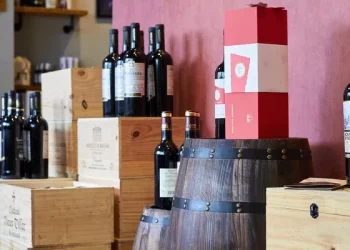We know that different wines have different levels of alcohol, and so does wine.
A German riesling, for example, may have half the alcohol content of a California or Australian riesling.
In recent decades, the alcohol content of wine has generally been on the rise. The reason is that high-alcohol wines with rich fruit flavors are more attractive to consumers.
These rich fruity flavours result from the ability of grapes in warm climates to ripeness, which is high in sugar. The higher the sugar content, the more alcohol is produced during the wine’s fermentation.
California is a good example of how climate affects grape ripening.
Over the past 15 to 20 years, temperatures in California’s wine-growing regions have steadily risen each year.
Australia, Spain and South America are in a similar situation.
Of course, not all wine regions are hot.
Germany is far north and has a cold climate, so the grapes in the region ripen slowly and make riesling with a low alcohol content.
Or take Oregon, part of the cold Northwest, which produces lighter, lower alcohol and drier Pinot Noir than California.
Data show that the alcohol content affects the flavor and structure of a wine.
The alcohol evaporates and makes it easier for us to smell the wine.
Alcohol also increases the viscosity of a wine and promotes a balance between acidity and sweetness.
However, it is important to note that high alcohol content can mask the flavor and aroma of the wine, which can cause intense heat.
The latest market dynamics at any time to see, please pay attention to.












































